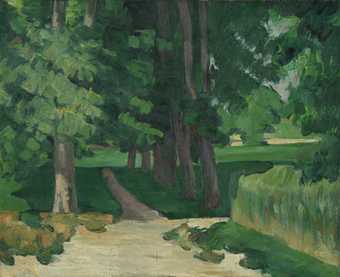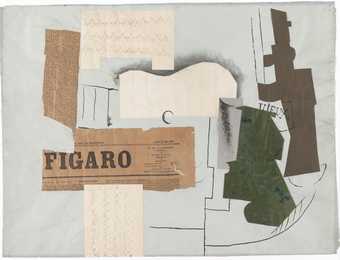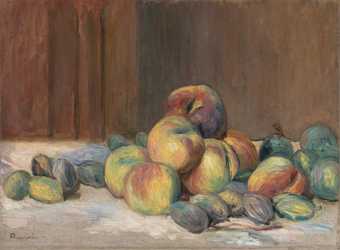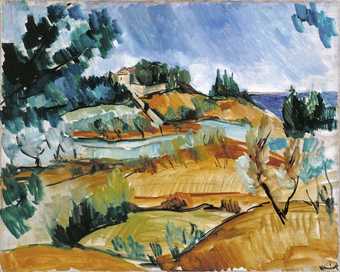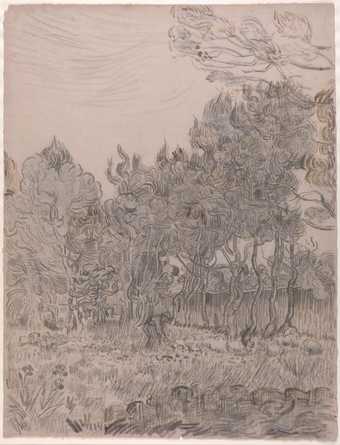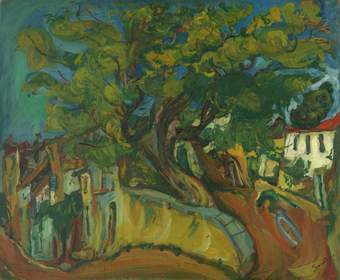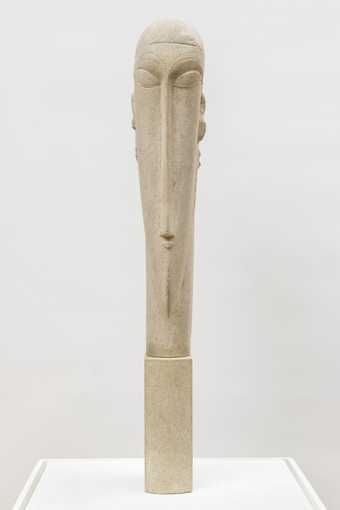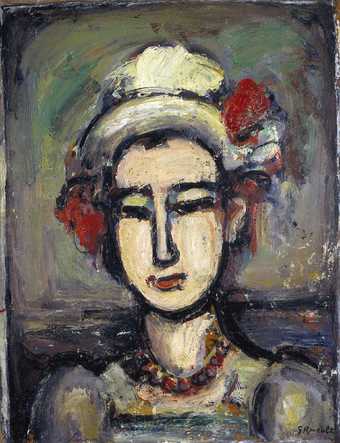The title From Cézanne to Picasso, attached to this exhibition of pictures from the distinguished collection formed by Mr. Ragnar Moltzau, needs some qualification.
The works included in it were all painted in the period covered by the working lives of these two masters, but at one end are a few pictures that continue the European tradition in a manner unaffected by the innovations of Cézanne, and at the other is a larger group of paintings exploring territory beyond the frontiers of that subjugated by Picasso. The development of so much that is most vital in French painting between these points is so well illustrated by this collection that one of the subsidiary pleasures the exhibition allows is the retracing of this route, using these pictures as landmarks.
The earliest painting in the exhibition, Renoir's magnificent portrait of Madame Choquet was painted in 1875, the year after the term ‘impressionism’ was first coined.
The single fauve picture here is Vlaminck's fine Hill at Bougival of 1906; Van Gogh is not himself represented here, but there are several works from the line of painting that stems from him, in which paint is used for the direct expression of strong, often violent or anguished emotion, rather than for its recollection in tranquillity. Munch, the great Norwegian expressionist, is represented by the Girl on a Bridge, while Soutine, whose portrait by Modigliani is also here, shows his very personal continuation of van Gogh's approach in The Old Actress.
Somewhat apart from these is Rouault, using an expressionist's approach for religious ends in the deeply moving Ecce Homo.
Mr. Moltzau has not been content to confine his collecting to 'safe' names in modern painting; he has bought, with the courage and passion of personal conviction, what seems to him most vital in the painting of his own day.


